Your roof is your first line of defense against the elements, so keeping it in top shape is critical. Here’s what you need to know:
- Regular inspections (twice a year) and cleaning can catch issues early. Look for missing shingles, water stains, sagging areas, and clogged gutters.
- Call a professional for leaks, granule loss, sagging, flashing damage, or if your roof is over 20 years old.
- Material matters: Asphalt shingles are affordable but less durable. Metal roofs last longer and reduce cooling costs. Clay tiles handle heat well but are heavy. Slate offers longevity but is expensive.
- Storm damage: Check for missing shingles, dents, and leaks after storms. Document damage with photos and contact a licensed contractor for repairs.
- Energy-efficient upgrades: Cool roofs, reflective coatings, and solar shingles can reduce energy costs. Federal tax credits and state incentives may help offset costs.
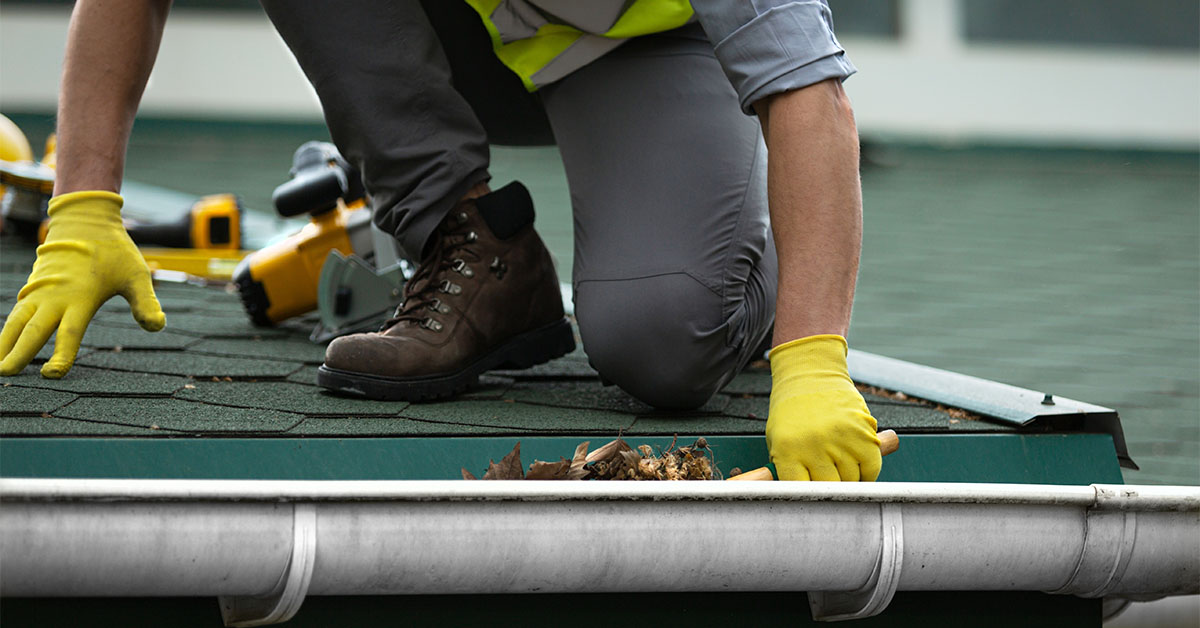
Take action now: Schedule inspections, address repairs quickly, and choose the right materials to extend your roof’s lifespan and protect your home.
Questions Homeowners Are TOO EMBARRASSED To Ask Roofers… But Should Anyway!
How to Maintain Your Roof Properly
Taking care of your roof isn’t just about keeping it looking good – it’s about making sure it lasts as long as possible and helps you avoid costly repairs. A little regular attention can go a long way in spotting and fixing small issues before they turn into big headaches.
Regular Roof Inspections and Cleaning
Set aside time twice a year, ideally in the spring and fall, to inspect your roof. Walk around your property and look for missing or damaged shingles, sagging areas, or debris buildup. For those hard-to-see spots, grab a pair of binoculars to get a closer look.

Don’t forget the gutters and downspouts. Leaves and debris can clog them, causing water to back up and damage your roof’s edge. If you notice a lot of granules in the gutters, it could mean your asphalt shingles are wearing out.
Head into your attic, too. Look for water stains, damp insulation, or sunlight peeking through the roof boards – these are telltale signs of leaks. And if you have any overhanging tree branches near your roof, trim them back to prevent them from scraping the surface or dropping debris.
When to Call a Professional for Maintenance
Sometimes, it’s best to leave things to the experts. Here are a few situations where professional help is a must:
- Water stains on ceilings or walls: These often mean there’s an active leak. Left unchecked, this can lead to water damage, mold growth, and even structural issues.
- Granule loss and missing shingles: If your shingles are deteriorating or damaged, it’s time for a professional to assess the situation.
- Light coming through roof boards: Gaps in your attic roof allow water, pests, and debris to enter. This needs immediate attention.
- Sagging roofline: A sagging roof is a serious problem that could lead to collapse. Don’t wait – call a professional right away.
- Roof age: If your roof is nearing 20–25 years old, schedule an evaluation to ensure it’s still in good shape.
- Moisture issues: Watermarks, wet insulation, or bubbling on the roof’s surface are signs of water ingress, which can drive up utility bills and encourage mold growth.
- Damaged flashing: Flashing around chimneys, vents, and roof joints can fail when it’s bent or dislodged, creating openings for water.
Even if everything seems fine, it’s a good idea to have a professional inspection once a year. Roofers can spot hidden issues that might not be obvious to the untrained eye, saving you from bigger problems down the road.
Keeping an eye on these warning signs will not only help you maintain your roof but also guide you when it’s time to make decisions about repairs or materials. That’s something we’ll explore in the next section.
How to Choose the Right Roofing Material
Selecting the right roofing material is about finding the best match for your needs, budget, and local weather conditions. Your decision will directly impact your home’s look, energy efficiency, and how much upkeep it will need over time.
Comparing Different Roofing Materials
Every roofing material comes with its own set of pros and cons. Understanding these differences can help you strike the right balance between cost, durability, and performance.
- Asphalt shingles: These are budget-friendly, simple to install, and available in a wide range of colors and styles. While they’re a cost-effective option, they may need replacement sooner and don’t hold up as well in extreme weather.
- Metal roofing: Known for its durability and low maintenance, metal roofs also reflect heat, helping to reduce cooling costs. However, they come with a higher upfront price and can be noisy during heavy rain.
- Clay and concrete tiles: These tiles are extremely durable and fire-resistant, making them a great fit for Mediterranean or Spanish-style homes. They perform well in hot, dry climates but may require additional structural support due to their weight.
- Slate roofing: A high-end option that offers exceptional longevity and strength. However, slate is expensive and heavy, so it’s essential to ensure your home’s structure can support it.
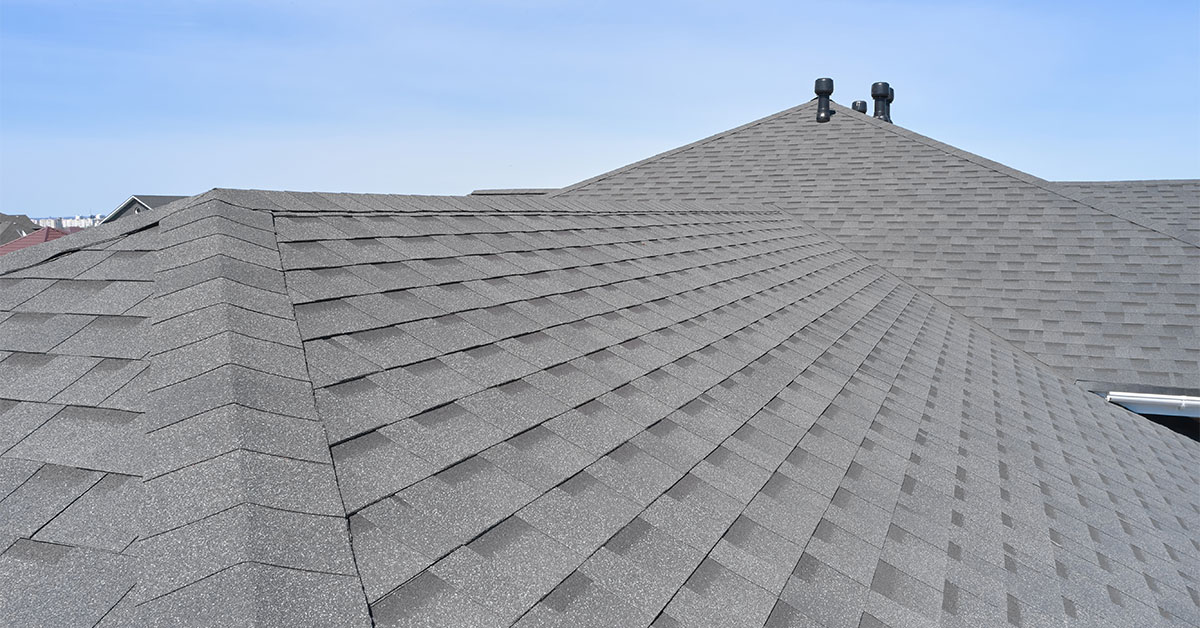
| Material | Longevity | Cost | Climate Suitability | Maintenance |
|---|---|---|---|---|
| Asphalt Shingles | Moderate | Affordable | Best for moderate climates | Moderate |
| Metal Roofing | Long-lasting | Higher upfront | Works in various climates, including severe weather | Low |
| Clay/Concrete Tile | Very durable | Higher, may need structural reinforcement | Ideal for hot, dry climates | Low to moderate |
| Slate Roofing | Premium choice | Expensive | Suited for specific architectural styles | Minimal |
This table provides a quick overview to help you weigh your options.
What to Consider When Selecting Materials
Material comparisons are important, but several other factors should guide your decision:
- Climate Compatibility: Choose materials suited to your local weather conditions. For areas prone to storms, look for impact-resistant and wind-rated options.
- Energy Efficiency: Light-colored or reflective materials can help cut down on cooling costs.
- Architectural Style: Make sure the roofing material complements your home’s design and adheres to HOA guidelines, if applicable.
- Structural Requirements: Heavier materials may need additional support. A professional inspection can determine if your home is ready.
- Local Building Codes: Verify that your chosen material meets fire resistance and wind standards in your area.
- Long-Term Value: Weigh the initial cost against potential savings on energy and maintenance over time.
- Warranty Coverage: Look carefully at warranties to understand what’s covered, including defects, installation issues, and weather-related damage.
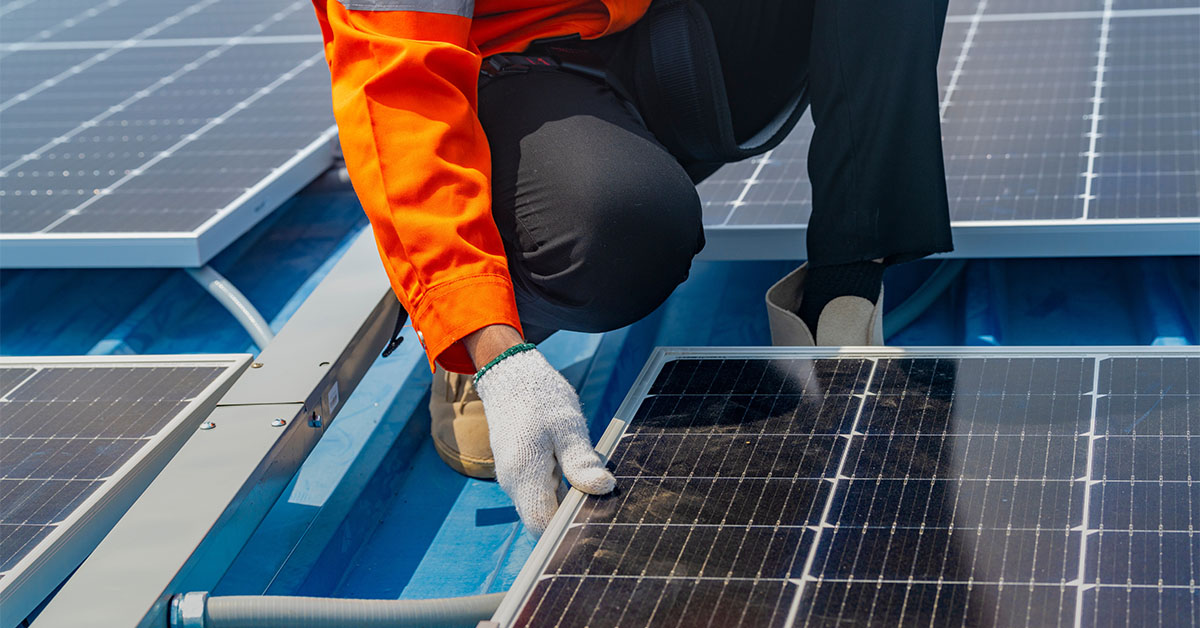
Dealing with Storm Damage and Emergency Repairs
Storms can wreak havoc on your roof, often leaving you with urgent repair needs and potential safety hazards. Understanding how to identify damage, protect your home, and navigate insurance claims can make a tough situation a bit more manageable.
How to Spot Storm Damage on Your Roof
After a storm, your roof might look fine at first glance, but hidden damage could still be lurking. Start by checking for missing, cracked, or curled shingles. Pay attention to asphalt shingles for granule loss, metal roofing for dents, and tiles for cracks. High winds can lift shingle edges, leaving them vulnerable to further damage.
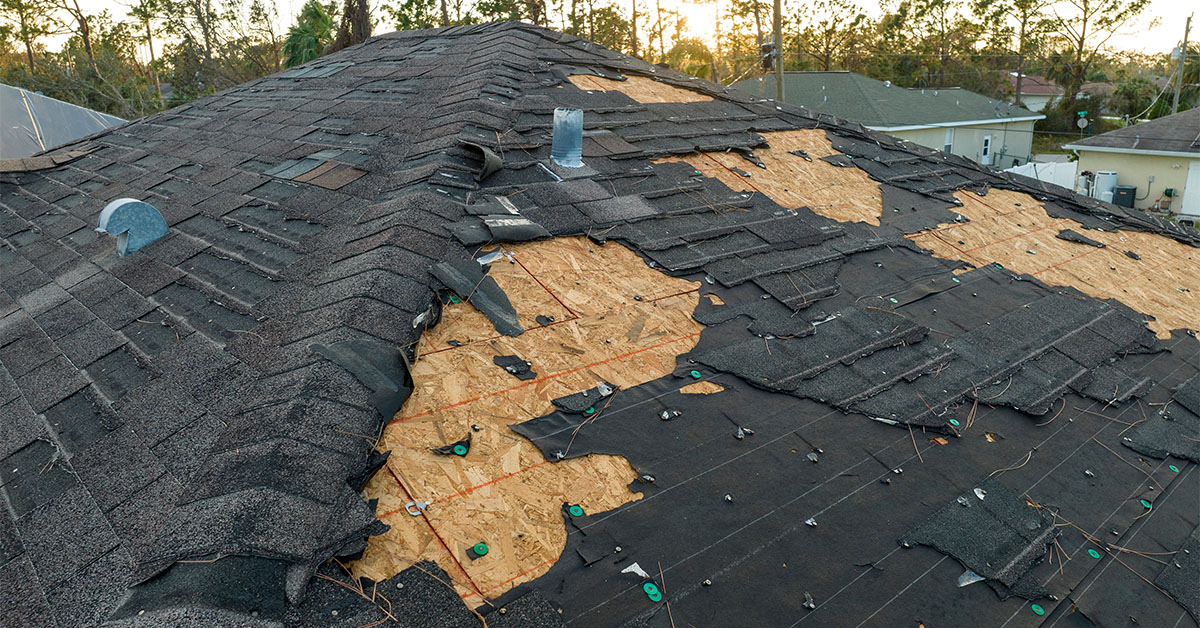
Inside your home, watch for water stains on ceilings, walls, or in the attic – these are often signs of roof leaks. Areas around chimneys, vents, and skylights are particularly prone to issues, so inspect them carefully.
Don’t overlook the flashing and gutters. Flashing around roof penetrations can become loose or torn, while gutters may pull away from the roofline or get clogged with debris. Any changes in your gutters following a storm could point to roof damage.
Once you’ve identified potential issues, it’s crucial to take immediate action to secure your home and prepare for repairs.
What to Do Right After a Storm
Your safety comes first. Wait until the weather clears and inspect your roof from the ground – binoculars can help you get a closer look without putting yourself at risk.
Document everything. Take clear, timestamped photos and videos of the damage from multiple angles. Capture wide shots of the roof, close-ups of specific issues, and any interior water damage. Write detailed notes to accompany your visual evidence; this will be invaluable when filing an insurance claim.
Take temporary measures to prevent further damage. For interior leaks, use buckets or tarps to protect your belongings. If there’s significant roof damage, have professionals install temporary tarps to shield your home until permanent repairs can be made.
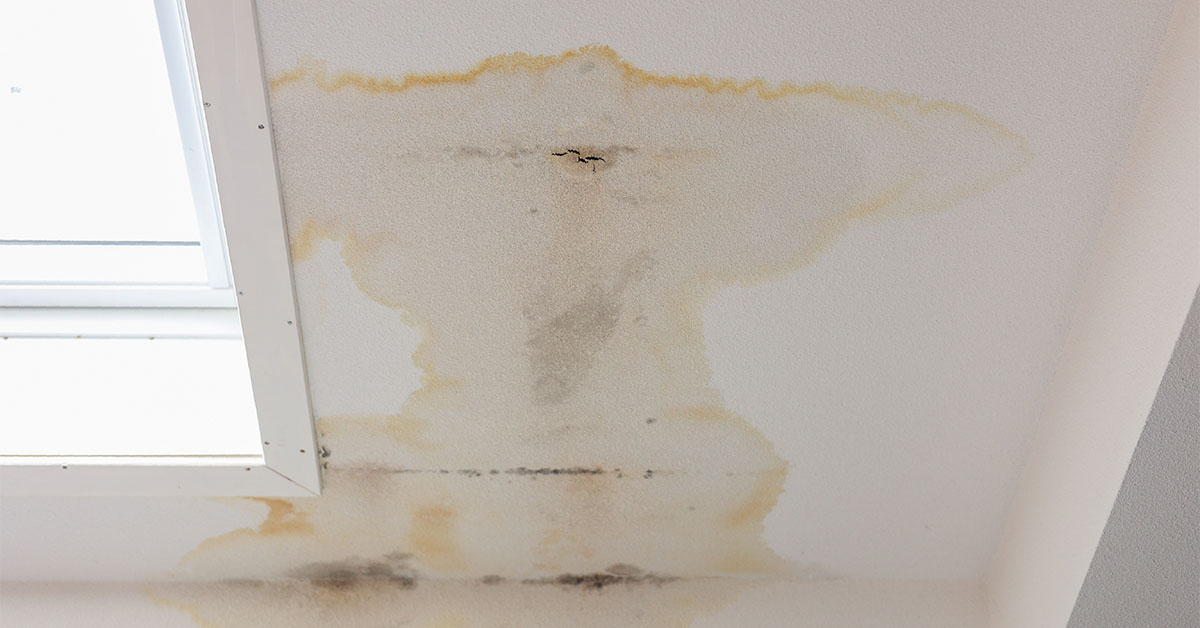
Reach out to a licensed roofing contractor as soon as possible for a full damage assessment. Professional contractors can provide emergency services to secure your property and evaluate the extent of the damage. For example, Pro-Tech Roofing in Tulsa offers free roof inspections to assess storm damage and outline necessary repairs.
Stick with verified local contractors during emergencies. Be cautious of door-to-door offers from individuals who may not have proper licensing or insurance.
Working with Insurance Companies on Claims
Once you’ve addressed immediate safety concerns and documented the damage, it’s time to start the insurance process. File your claim promptly to meet any deadlines outlined in your policy, and provide the claims department with all your documentation.
When the insurance adjuster visits, be prepared to walk them through the damage. Having a professional roofing contractor by your side can be helpful – they can point out issues the adjuster might miss and provide expert insights on repair needs.

Before agreeing to a settlement, review your policy details carefully. Most homeowner’s policies cover storm damage under the dwelling coverage section, but deductibles and depreciation can affect your payout. Policies with Replacement Cost Value (RCV) coverage typically offer more comprehensive reimbursement than those with Actual Cash Value (ACV) coverage.
Stick with licensed contractors throughout the claims process to ensure repairs are done correctly and meet insurance and building code requirements. Pro-Tech Roofing, for instance, can assist with claims by providing detailed repair estimates, working directly with adjusters, and ensuring all work complies with local regulations.
Keep a record of all communications with your insurance provider, including claim numbers, adjuster names, and summaries of conversations. If you encounter disputes over coverage or settlement amounts, don’t hesitate to request a re-inspection or seek a second opinion.
sbb-itb-66ccccd
Energy-Efficient Roofing Options and Upgrades
Energy-efficient roofing is a smart way to cut down on energy costs while reducing environmental impact. Whether you’re building a new home or replacing an old roof, there are plenty of options to consider. Let’s dive into the types of energy-efficient roofing, available incentives, and the potential financial benefits.
Types of Energy-Efficient Roofing
Cool roofing systems are designed to keep roofs cooler by reflecting sunlight and absorbing less heat compared to traditional materials. White or light-colored metal roofs are especially effective, often featuring reflective coatings that bounce back a significant portion of the sun’s energy. Similarly, light-colored clay and concrete tiles work well in warmer climates, offering better thermal performance.
Reflective roof coatings are a cost-effective way to upgrade an existing roof. These coatings can be applied to materials like asphalt, metal, or single-ply membranes to improve their ability to reflect heat and minimize heat absorption.
Integrated solar roofing combines electricity generation with traditional roofing. Solar shingles and tiles blend seamlessly with standard roofing materials while producing energy. Although the upfront cost is higher, these systems can help offset energy bills over time, making them a long-term investment.

Green roofing systems use vegetation to naturally insulate and cool your home. Along with helping regulate indoor temperatures, green roofs contribute to better stormwater management and improved air quality.
Government Programs and Tax Credits Available
To make energy-efficient roofing more affordable, federal tax credits and state-level incentives are available. Many states offer rebates, tax exemptions, or other financial perks that help reduce upfront costs. Additionally, local utility companies often provide rebate programs specifically for reflective roofing installations. For the most up-to-date information on programs in your area, check out the Database of State Incentives for Renewables & Efficiency (DSIRE).
Cost and Savings Considerations
The cost of energy-efficient roofing depends on factors like your climate, home size, local energy rates, and installation method. While it may require an initial investment, the long-term savings can be significant. For example, in colder northern climates, darker roofing materials might help retain heat in winter, while in southern regions, reflective materials can reduce cooling costs.
Financing options such as solar company payment plans or PACE financing can help manage upfront expenses. Beyond energy savings, energy-efficient roofs can increase property value by lowering maintenance and replacement costs. A professional energy audit can help you identify the best option for your home, factoring in your local climate and available incentives.
Working with Professional Roofing Contractors
Selecting the right roofing contractor is a crucial decision that can determine whether your roof stands the test of time or becomes a source of frustration in just a few years. Partnering with skilled professionals not only protects your investment but also ensures your home remains shielded from the elements.
Why Hire Licensed and Insured Contractors?
Licensed contractors bring peace of mind by adhering to local building codes and safety regulations. A license confirms that the contractor has the training and expertise to meet technical and legal standards, ensuring the work is up to par and passes necessary inspections.
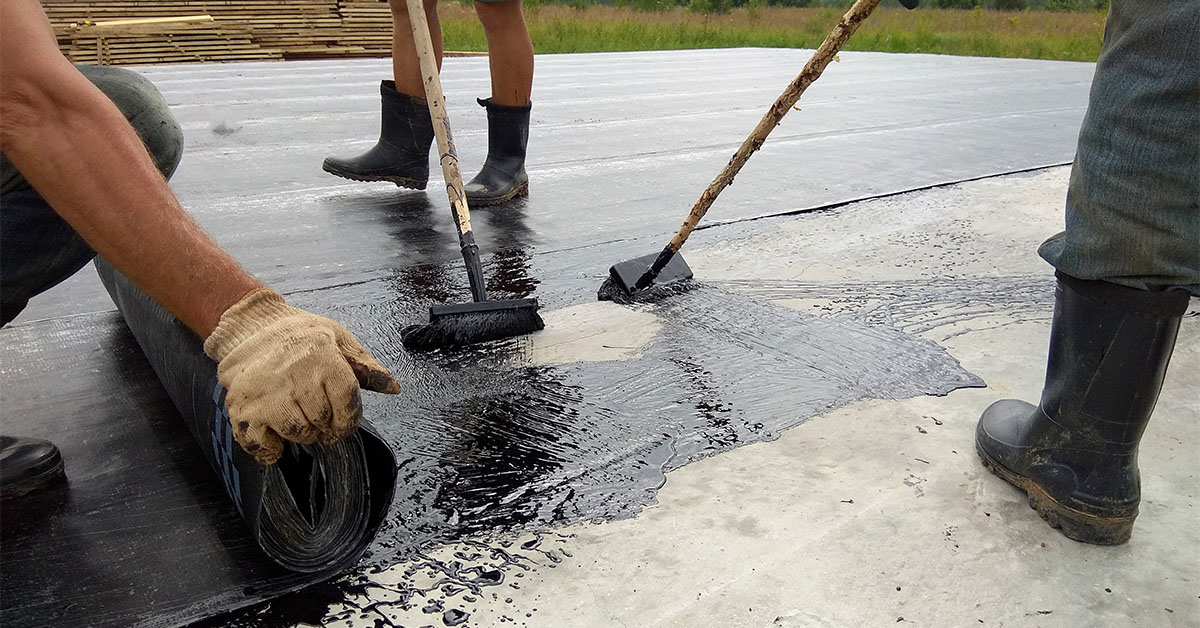
Insurance coverage is equally important. It shields you from potential liabilities if accidents occur during the project. Without it, you could be held accountable for injuries on your property or damages caused during construction. General liability insurance covers property damage, while workers’ compensation safeguards you if a worker gets injured on the job.
Warranties are another key benefit. Reputable contractors back their work with warranties that cover both materials and labor, giving you added protection and confidence in the quality of the job.
These elements highlight why working with professionals is essential and set the stage for understanding the expertise offered by companies like Pro-Tech Roofing.
Pro-Tech Roofing: Services and Expertise
Pro-Tech Roofing builds on these benefits by offering specialized services for both residential and commercial properties in Tulsa. They provide free roof inspections, offering homeowners a clear understanding of their roof’s condition and any necessary repairs or maintenance.
The company’s certifications from industry leaders like GAF and Owens Corning showcase their dedication to quality. These certifications require ongoing training and adherence to strict installation practices, which result in better warranties and longer-lasting roofs.
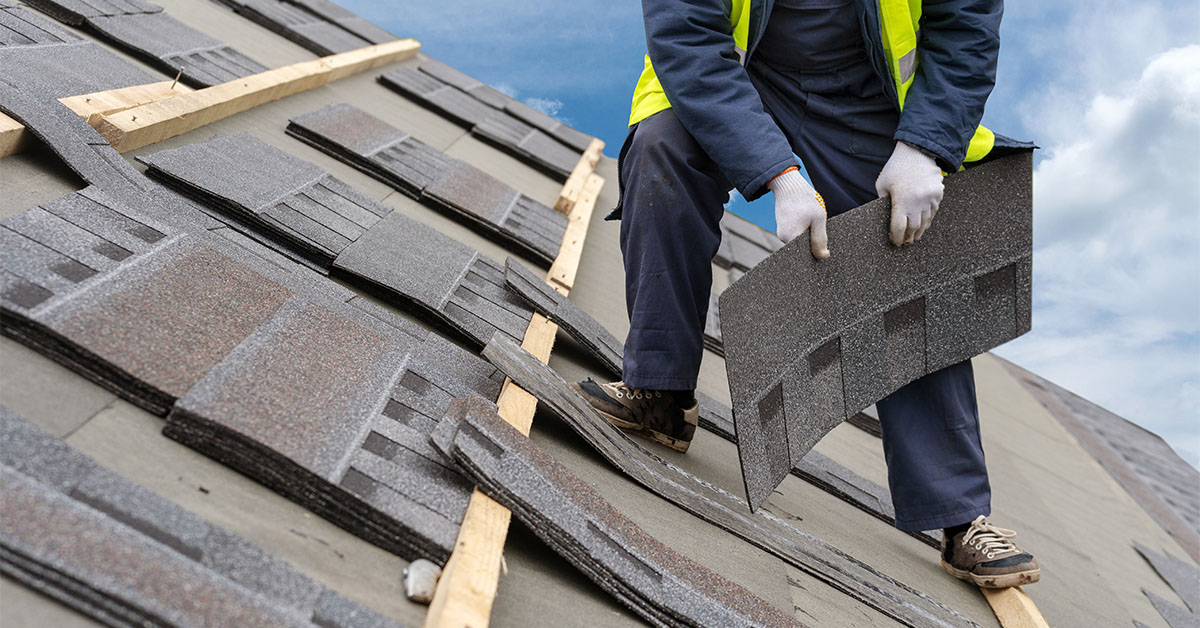
Pro-Tech Roofing also has experience with historic properties, such as older homes and churches. These projects often involve unique materials like slate and tile and require specialized techniques to preserve the building’s original character while ensuring modern performance.
For metal roofing, Pro-Tech offers restoration services that extend the lifespan of existing systems. This includes treatments like elastomeric coatings and targeted repairs to address specific issues.
What to Expect During a Professional Roof Inspection
Regular roof inspections are essential for catching problems early. A professional inspection involves a thorough evaluation of every part of your roofing system. Here’s what happens during the process:
- Exterior inspection: Inspectors look for damaged or missing shingles, tiles, or metal panels. They also check flashing and sealants around vents, chimneys, and other roof penetrations for signs of wear or damage.
- Gutter and drainage assessment: Proper water flow is critical to prevent backups and roof damage. Inspectors examine gutters and downspouts for clogs, leaks, or other issues.
- Interior inspection: Inside your home, inspectors check the attic for water stains, mold, and structural problems. They also verify ventilation and assess insulation to ensure your roof is performing efficiently.
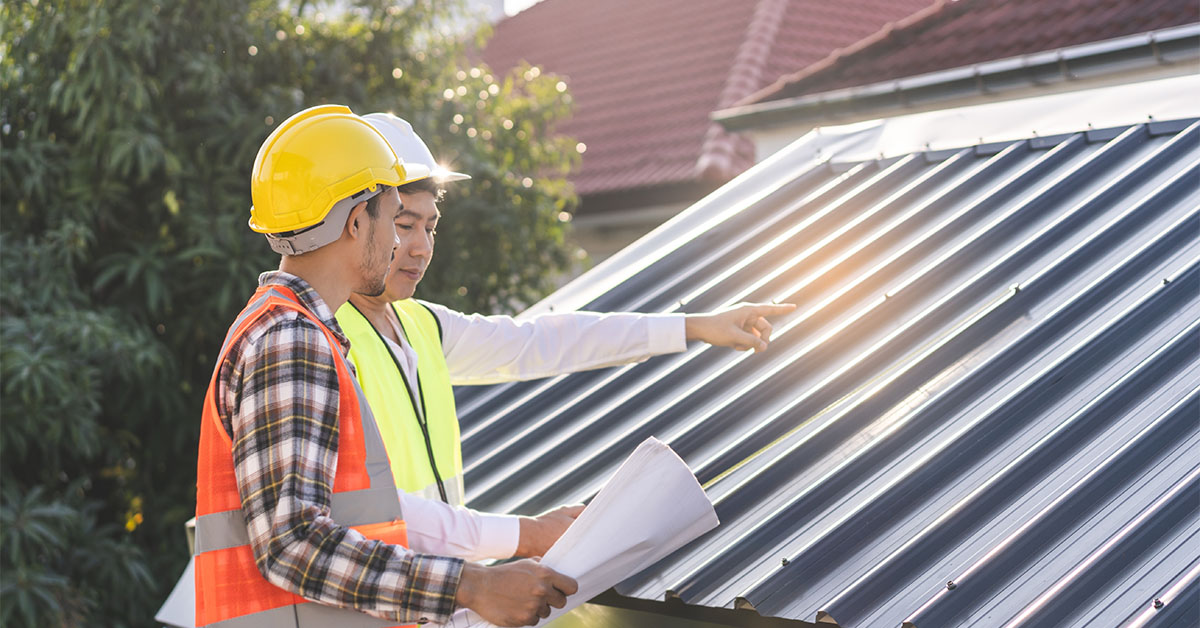
Once the inspection is complete, you’ll receive a detailed report that includes photos of problem areas, prioritized repair recommendations, and cost estimates. This documentation is not only helpful for planning repairs but also valuable for insurance claims.
Most inspections take about one to two hours, depending on the size and complexity of your roof. Afterward, you’ll have a clear picture of your roof’s condition and the steps needed to keep it in top shape.
Conclusion: Your Next Steps for Roof Care
Taking care of your roof doesn’t have to be complicated. By staying ahead of potential problems, you can save yourself a lot of stress – and money – down the line. Here are some practical steps to keep your roof in great shape.
Schedule regular inspections. Aim for a professional checkup twice a year to catch any small issues before they grow. After severe weather, like hailstorms or heavy winds, do a quick visual check yourself to spot any obvious damage.
Keep your roof clean and clear of debris. Trim back any overhanging tree branches to prevent them from scraping your roof or dropping leaves and twigs. A clean roof not only looks better but also lasts longer. With proper care, most roofs can last between 17 and 22 years, but neglect can dramatically shorten their lifespan.
Don’t delay repairs. If you notice missing shingles, loose flashing, or water stains on your ceiling, address them right away. Small repairs now can prevent bigger, more expensive problems later.
Consider energy-efficient upgrades. These can help lower your utility bills and may even qualify you for tax credits.
Hire licensed professionals. For inspections, maintenance, and repairs, rely on experienced pros. Pro-Tech Roofing, for instance, offers free inspections and has certifications from GAF and Owens Corning, ensuring high-quality work. With expertise in both residential and commercial roofing, they can tackle any challenge.
Your roof is a critical part of protecting your home or business. Following these steps will help ensure it stays in top condition for years to come. Ready to get started? Contact Pro-Tech Roofing today to schedule your free inspection and take the first step toward safeguarding your investment.
FAQs
What are the signs that my roof needs a professional inspection or repair?
If you suspect your roof might need attention, there are a few telltale signs to keep an eye on. Outside, check for cracked, curling, or missing shingles – these are often the first indicators of trouble. Also, keep an eye out for moss, mold, or algae growth, as well as damaged flashing around vents or chimneys. Another warning sign? Granules piling up in your gutters, which could mean your shingles are deteriorating.
Inside your home, potential roof problems can show up as water stains, leaks, or sagging ceilings. Even uneven rooflines or spots where daylight peeks through your roof structure are clear signals that professional help is needed. Catching these issues early can save you from more expensive repairs down the road and help maintain your home’s overall condition.
What’s the best roofing material for my home based on the local climate and energy efficiency?
Choosing the right roofing material largely depends on the climate you live in and your energy efficiency goals. If you’re in a warmer region, options like light-colored asphalt shingles, metal roofs, or clay tiles are excellent choices. These materials reflect sunlight, reducing heat absorption, which can help lower cooling costs and keep your home more comfortable during those scorching summer months.
In colder climates, asphalt shingles or wood shakes are better suited because they provide insulation and help retain heat, making your home cozier and more energy-efficient during winter. Another option to consider is a cool roof, which can cut energy use in air-conditioned homes by as much as 20%, offering substantial savings over time.
When deciding, take into account your local weather, the design of your home, and your budget. For tailored recommendations, it’s always a good idea to consult a roofing professional to ensure you select a material that’s both effective and long-lasting.
What should I do right away if my roof is damaged in a storm to stay safe and handle insurance claims properly?
If a storm damages your roof, your top concern should be staying safe. Avoid climbing onto the roof, as it could be unstable and dangerous. Instead, assess the situation from the ground if you can. Look out for signs of damage like missing shingles, visible dents, or water leaks.
Be sure to document everything thoroughly. Take clear photos from multiple angles and jot down detailed notes about what you observe. These records will be essential when filing an insurance claim. Reach out to your insurance company promptly to report the damage, obtain a claim number, and clarify what your policy covers.
You might also want to bring in a professional roofing contractor for a more detailed inspection. They can verify the extent of the damage, provide additional documentation, and help streamline the claims process.
